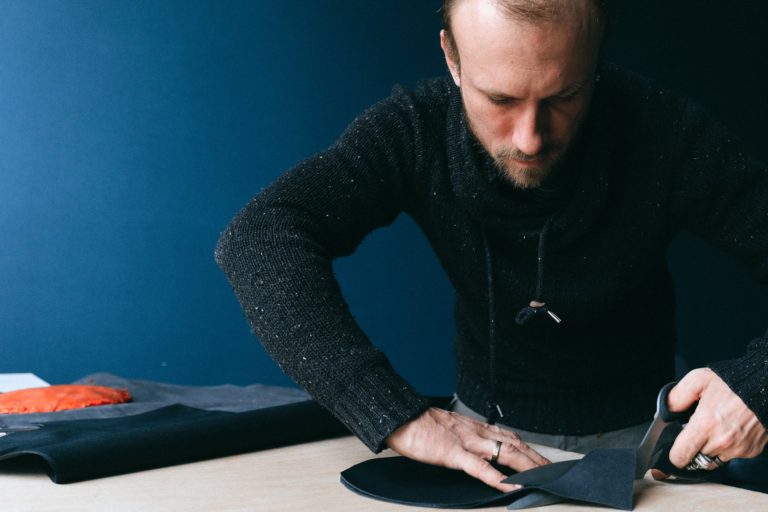Consider the age-old saying, “you get what you pay for,” and compare that to another that says, “a fool and his money are soon parted.” These are two extremes on the axis of value, where each of us has to judge whether something is worth the cost. But as we all know, cost isn’t just about the initial investment; it also includes all the subsequent costs as well, which includes money, time, and frustration.
There is an economic principle called false economy that can describe this. Merriam-Webster defines the term as “something that costs less at first but results in more money being spent later.” Wikipedia uses this example: “it may be a false economy if a city government decided to purchase the cheapest automobiles for use by city workers to save money; however, if cheap automobiles have a record of needing more frequent repairs, the additional repair costs would eradicate any initial savings.” That Wikipedia article goes on to link this concept to planned obsolescence, which the site explains as, “a policy of planning or designing a product with an artificially limited useful life or a purposely frail design, so that it becomes obsolete after a certain pre-determined period of time upon which it decrementally functions or suddenly ceases to function, or might be perceived as unfashionable.” This would be done to guarantee long-term repeat sales.
The cynical among us might assume that most or all modern products are designed this way. Whether that’s true is beyond the scope of this blog, but this idea seems to be true for most cheap products, where the profit margins are so slim that a company could never sustain itself unless it could keep that merry-go-round of sales going forever.
But just as there’s a false economy in buying cheap products that are destined to fail quicker, there’s also a fatal flaw in building a business model around the idea of continually disappointing your customers. The fact that there’s a growing cynicism about planned obsolescence in everything we buy should give us all pause. Truly, is there a faster way to erode consumer confidence than meeting poor expectations? The situation gets even worse as you realize that thin-margined companies are forced to employ low-skill, poorly trained employees to handle all their sales and services. Talk about a recipe for long-term dissatisfaction.
On the flip side, there’s also an opportunity for businesses to create or sell high-quality products that don’t disappoint the end user by prematurely breaking down, and in so doing, these businesses are able to employ highly skilled and well-trained employees. Most consumers are willing to spend more for an overall better experience, and the net result will be higher satisfaction for both the business and the customer alike. And that’s where the value lies. When we realize this, we also realize that cheap is a mirage.
Let’s end with a [story]]4 about when Mark Parker became CEO of Nike in 2006: “one of the first things Parker did was call Apple CEO Steve Jobs for advice… Steve Jobs said one thing that stuck with Parker: ‘Nike makes some of the best products in the world. Products that you lust after. But you also make a lot of crap. Just get rid of the crappy stuff and focus on the good stuff.’ ‘He was absolutely right,’ said Parker. ‘We had to edit.’”
As you consider how you choose to edit your business, whether it concerns the products you carry, the services you provide, or even the kinds of employees you hire, feel free to consult us at The Brandt Group. We specialize in the customer experience, and we happen to wholeheartedly believe that quality is worth the effort. High standards beat cheap every day. Let’s get started!



